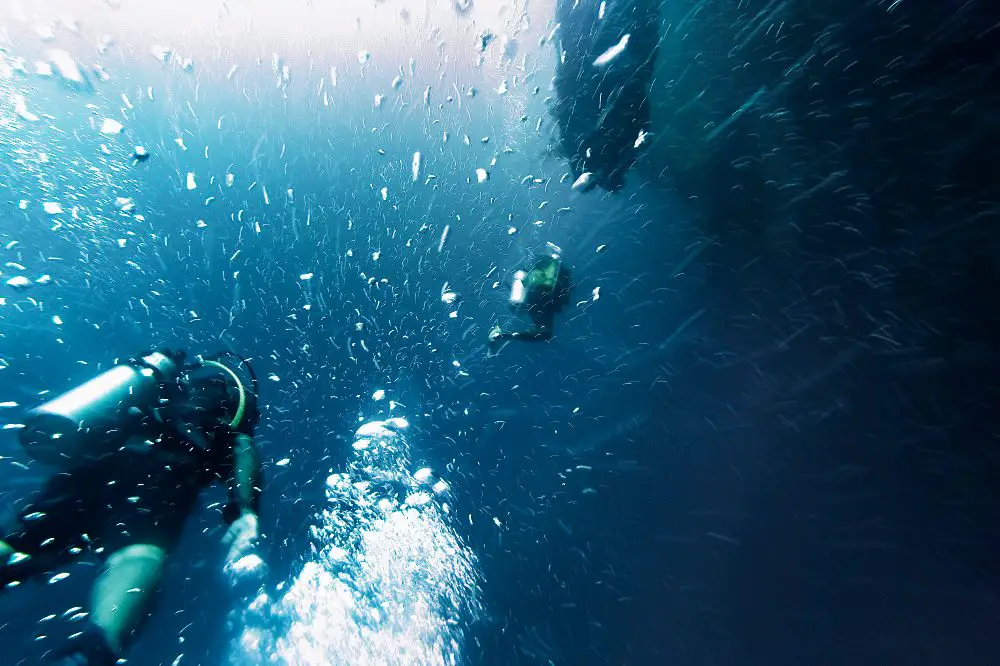Divers’ Paradise in Belize: The Great Blue Hole
Tucked away about 60 miles (100 km) off the coast of Belize is the Great Blue Hole, a natural wonder that enthrals divers and explorers worldwide. The astounding round shape and deep, rich blue colour of this undersea sinkhole—regarded as the biggest of its kind—stand out sharply against the surrounding turquoise seas.
A Natural Marvel
The Great Blue Hole, sliding to depths of 125 meters (410 feet), is more than 300 meters (984 ft) in diameter. It is quiet in the center of Lighthouse Reef, an atoll with a coral island encircling a small lagoon. Because the lagoon has such shallow waters, portions of the coral ring rise above the surface at low tide.
Formation and History
This geological marvel developed as a limestone cave when sea levels were far lower during the last glacial era. What is currently a “vertical cave” in the sea was created when the cave system flooded and finally collapsed when the sea levelled. Divers keen to discover its underwater wonders have made the Great Blue Hole a bucket-list item because of its unusual creation.
Diving into the Depths
Though the Great Blue Hole is popular with divers all year round, April through June is the best time to see whale sharks and have superior visibility. The place shot to renown in 1971 when Jacques Cousteau, an undersea explorer, named it one of Earth’s top 10 diving locations. Exploration by Cousteau on his ship, Calypso, verified the sinkhole’s limestone cave origins and produced breathtaking stalactites and stalagmites, some as long as 9–12 metres (30–40 ft).
Exploring Today
Divers still find these amazing geological formations breathtaking. The deeper one goes, the water gets clearer, and the formations are more detailed. Consistent with its worldwide importance, the Great Blue Hole is a component of the Belize Barrier Reef Reserve System, a UNESCO World Heritage Site.
Know Before You Go
Several diving trips departing from hotels on Long Caye, the Turneffe Islands, Ambergris Caye, Caye Caulker, and Belize City are available to explore this natural marvel. The Great Blue Hole is a difficult dive location, though; it takes more than 24 full dives. Snorkelling at the top of the hole allows those not ready to dive to see the colourful marine life on the nearby reef.
Experienced divers and snorkelers alike will find that the Great Blue Hole provides an unmatched window into the enthralling beauty and enigma of our world’s underwater environments.




